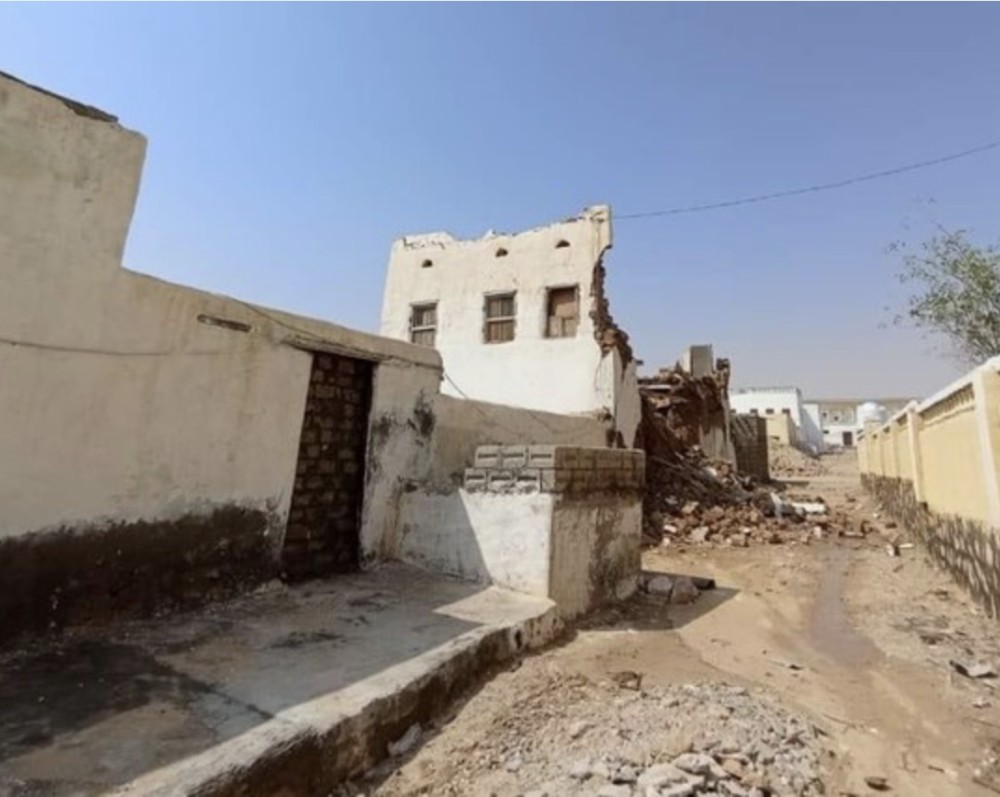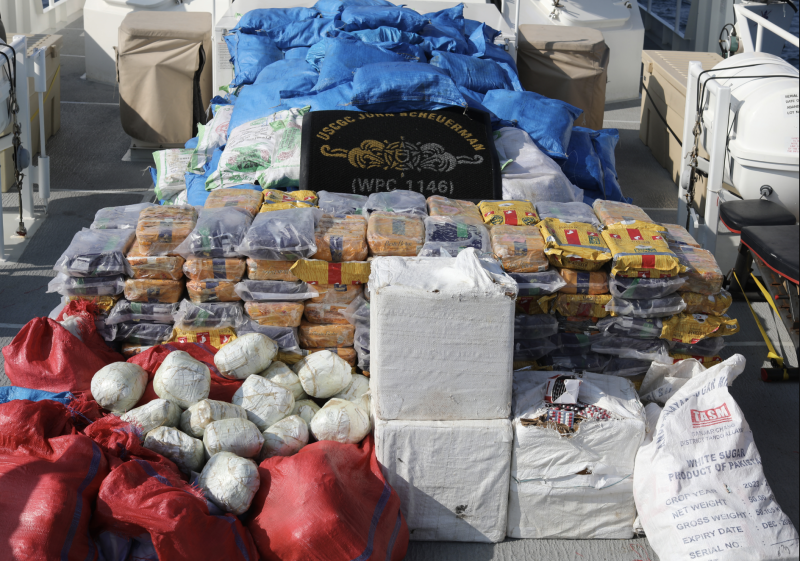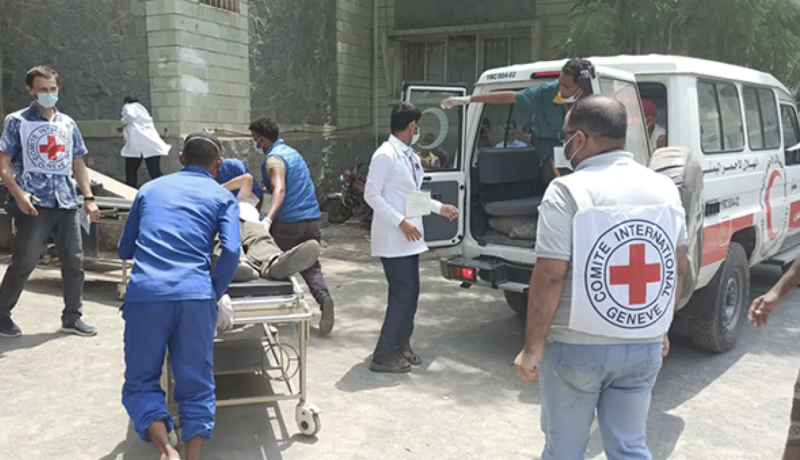Aid supplies reach cyclone-hit areas of Yemen


Trucks carrying vital humanitarian assistance have started to make their way into the eastern regions of Yemen after local authorities reopened roads and restored communication lines in the wake of Cyclone Tej.
The cyclone devastated Yemen’s Indian Ocean island Socotra early last week before making landfall in the country’s eastern province of Mahra and some eastern sections of Hadramout province on Tuesday and Wednesday, causing sudden flooding amid heavy rainfall.
The UN Office for the Coordination of Humanitarian Affairs said on Sunday that the cyclone had affected more than 10,000 families in Socotra, Hadramout, and Mahra, destroying and damaging dozens of houses and washing away fields.
The most displacement and destruction occurred in Mahra, according to the UN, where around 7,100 households were hit by storms, with reports of damage to essential infrastructure and fishing boats.
Yemen’s Red Crescent Society said last week that the storm had killed two people, injured at least 150 others, displaced more than 27,000, and damaged 415 dwellings.
Local authorities in Mahra said that the cyclone had damaged seaports, university structures, schools, and military locations, and they requested urgent assistance from international humanitarian organizations.
Bulldozers deployed by local authorities have reopened roads, allowing lorries transporting humanitarian aid to enter cyclone-devastated areas in Al-Mahra’s Huswain and Al-Ghayda over the past three days.
The Saudi aid agency KSrelief has distributed aid to 2,450 families in the Huswain district following a request for assistance from Yemenis.
Yemeni charity groups have also announced the distribution of critical humanitarian supplies to hundreds of individuals in the three provinces most affected.
The OCHA said that measures taken by local authorities, such as closing roads, evacuating families from vulnerable areas, and issuing early warnings, had reduced the number of possible deaths.
Residents of the affected areas have requested the need for additional shelter, food, and cash.
Saad Shamlan, head of the Ministry of Education’s office in Huswain, told Arab News that pupils had been unable to return to school because their classrooms were full of displaced persons, adding: “Many houses have been destroyed. There is no internet, water, or communication, and people are starving.
“But we are grateful to be alive. People whose homes were damaged are now staying in schools, and they should be provided tents so that education may continue.”
The Yemen office of the World Health Organization said on Sunday that health facilities in the affected areas were in urgent need of fuel and medical supplies to respond to demand and possible outbreaks of disease.
Dr. Arturo Pesigan, the WHO’s representative in Yemen, said in a statement: “The unprepared hospitals in the affected areas will require fuel and medical supplies to enable rapid interventions to contain the surge in demand.
“Intravenous fluids, antibiotics, laboratory reagents, and medical kits for cholera, dengue, and malaria are urgently needed in the affected areas.”

Aden – The Combined Maritime Forces (CMF) announced Tuesday the seizure of a new shipment of illicit narcotics valued at more than $142 milli…

Geneva – United Nations High Commissioner for Human Rights Volker Türk has renewed his urgent appeal for the immediate and unconditional…

Geneva — The International Committee of the Red Cross (ICRC) has welcomed the preliminary agreement reached between Yemen’s warring par…